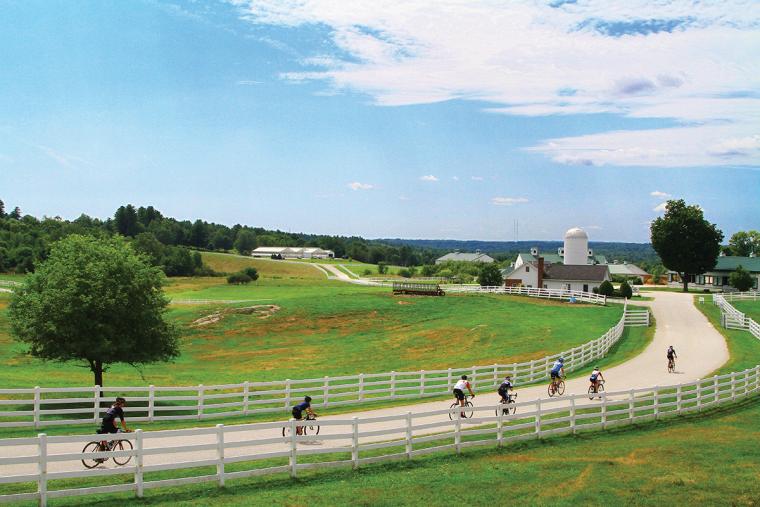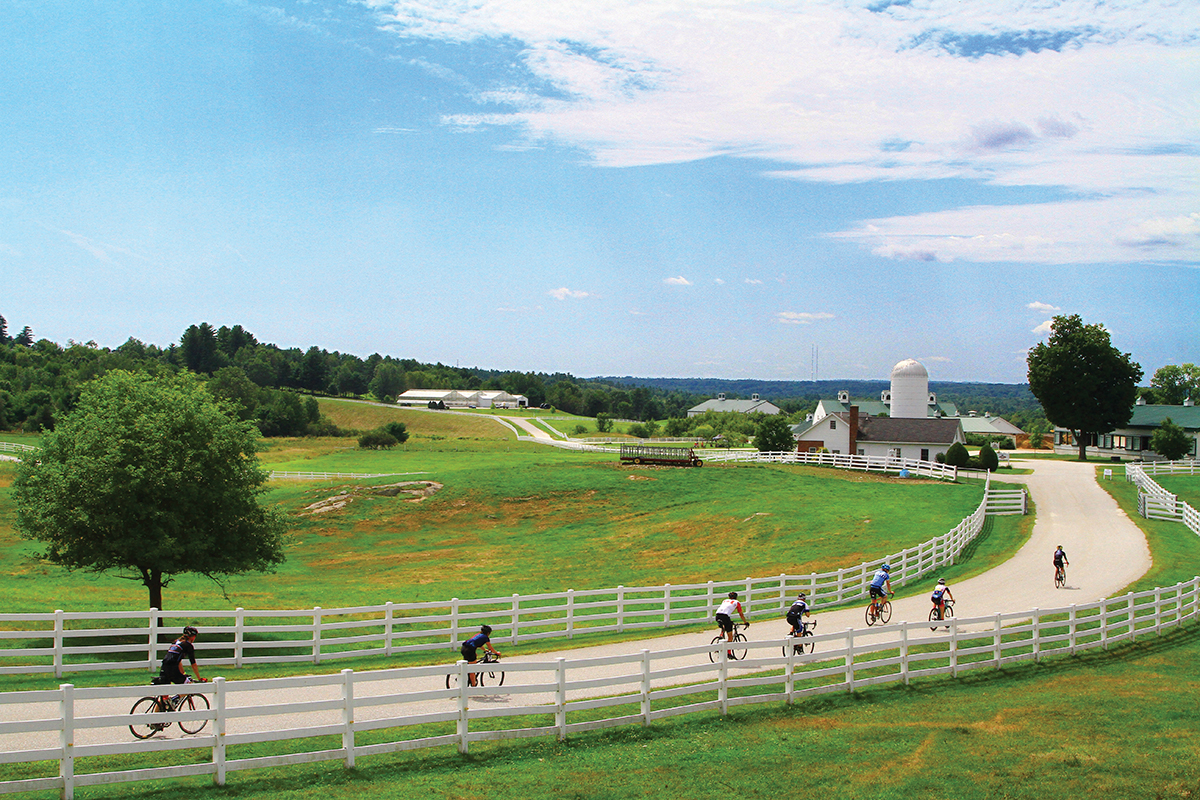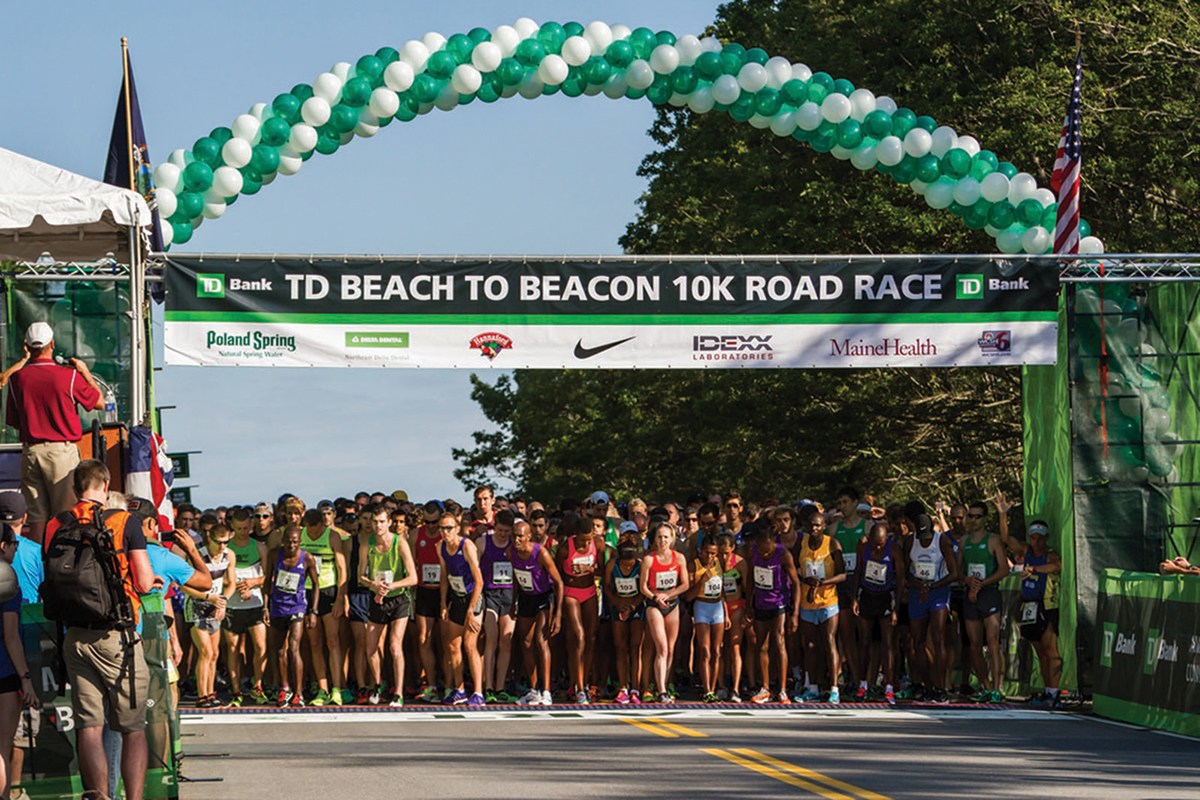
 THE OFTEN DIVISIVE TOPIC OF STAY-TO-PLAY has had coverage from multiple angles, including that of event owners, academics, housing bureaus, destinations, athletes and more. Much discussion has gone into aspects of the policy such as when to make exceptions to it, the rebate amount and how to handle non-conforming athletes. In general, stay-to-play is looked at as an excellent means of managing a room block and capturing attendee information. However, stay-to-play may not work in every situation.
THE OFTEN DIVISIVE TOPIC OF STAY-TO-PLAY has had coverage from multiple angles, including that of event owners, academics, housing bureaus, destinations, athletes and more. Much discussion has gone into aspects of the policy such as when to make exceptions to it, the rebate amount and how to handle non-conforming athletes. In general, stay-to-play is looked at as an excellent means of managing a room block and capturing attendee information. However, stay-to-play may not work in every situation.
Sports Destination Management recently hosted a virtual roundtable with representatives of three organizations that promote Maine and its various cities for sports events. Sheila Brennan Nee of the Maine Sports Commission, Elissa English of Visit Portland Maine and Kerrie Tripp of the Greater Bangor Convention & Visitors Bureau joined us to discuss the topic and share their insights on aspects of the sports tourism economy that are unique to Maine; stay-to-play, they noted, works in some situations but not in others. They also discussed marketplace changes that have shaped the course of planning, and of the ability of destinations to gather economic impact data regarding housing.
Sports Destination Management: A lot has been written about stay-to-play. Is it a popular mechanism for booking rooms for events in Maine?
Sheila Brennan Nee: Not always. The experience I have had with the larger groups, such as the American Collegiate East tournament, is that they needed to find a host hotel for their athletes but they also had eight other properties listed on their website, and other people coming to the tournament could stay anywhere they wished. Another example is the PDGA Disc Golf tournament – it was not a youth group so people didn’t necessarily need to stay together. Sometimes, it depends on the group itself.
Kerrie Tripp: The greater Bangor region is an emerging region in sports tourism. We are moving into stay-to-play – but we haven’t used it a ton in the past. Some hotels have worked with events that did use the policy and some hotels are still learning about it, and as the CVB, we’re helping to get them onto that path.
SDM: One thing it seems you and Sheila agree on is the fact that it doesn’t need to be applied in every situation.
Tripp: Oh, no, not always. One thing to keep in mind is that when there is an event where we are, the hotels are near many of the things that are going on. For example, if you have something happening in the Cross Insurance Center, there are about 2,700 rooms in a 15-mile radius. They might not need a host property.
Elissa English: I am not sure the CVB here would actually use a stay-to-play policy at all so it is not a trend. As an organization, we’re a little different. We don’t receive tax funding for what we do the way a regular convention and visitors bureau would. We don’t have to track rooms. Half of what we do is fundraising, the way a non-profit organization does. We’re doing a lot of outward marketing for the area. We’re bizarre that way. Because we don’t have a housing bureau, nor need one due to our unique funding structure, we wouldn’t be in a position to ever implement a stay-to-play with our current funding model.
Nee: That’s not to say that we wouldn’t help someone set up a stay-to-play policy for their event if they wanted; in fact, we’d be glad to arrange if it would make for an easier player experience and help keep everyone together in a city nobody had ever traveled to before. That’s where I see the advantages. It allows the host communities to create a more memorable experience and it’s seamless for the team. Sometimes, for example, if hotels are too far away, you can barely find your colleagues. I’ve been that soccer mom and had that experience.
 SDM: Many event owners say stay-to-play allows them to track room nights better. But not all events use those.
SDM: Many event owners say stay-to-play allows them to track room nights better. But not all events use those.
English: No, not all events do. For example, when we hosted a Tough Mudder event, almost all of what was being used was campground space; there wasn’t a strong need for an established room block because of the seasonality of that being at our very peak time and leisure rack rates in hotels being very high.
SDM: Stay-to-play is a good tool to help track hotel usage and in this case, visitor spend on accommodations.
Nee: For sports commissions, stay-to-play does help get a better estimate on that.
SDM: Say you’re not using stay-to-play. How are you tracking economic impact, if not through room nights?
Nee: I typically use the NASC Economic Impact Calculator. Ideally, of course, the event organizer is capturing data, but going into a first-year event, they may not have the staffing to create the survey or to interview enough fans to get a reasonable capture of that data. The NASC tool captures a daily visitor spend based on the size of the market, and it gives destinations like ours an ability to calculate that amount. It includes hotels, but it also includes restaurant business, people gassing up their cars, shopping in stores and more.
Some events really are great at capturing their facts. As an example, I would say that Tough Mudder has very accurate data. And some event organizers keep really good history of their events, and they have the staff to capture significant data that can point to dollars spent. I understand from the event organizer’s perspective that demographics will be different; an event where children and parents are traveling to a youth soccer tournament is going to be very different from adult pros traveling in to participate in the PDGA tournament. That’s why I think the economic impact calculator is a great way to do it. Another way is to turn to the local university and have the students work on compiling this data. I know that is often done in other communities. I would say agencies like ours will definitely encourage the engagement of students for that type of support.
SDM: Does the concept of the sharing economy affect room night use for you?
Nee: It has. I attended the Maine Ultimate Collegiate Tournament, which brought in 15 college teams. I was standing on the sidelines, talking to people, and they were explaining that many of the athletes were staying with host families, in their homes. I also remember being at a trade show educational session and hearing a lot of talk about the impact of Airbnb on the hotel industry.
SDM: In cases where participants are footing their own bills, there’s definitely a benefit to that kind of an arrangement, although you likely lose tourist income, as well as the ability to track it.
English: I often think of that – the way the changing landscape of the sharing economy affects room blocks.
 SDM: Sports tourism is a developing economy and a lot of communities are getting into it, which means they are learning what works for them, whether it’s stay-to-play, direct room booking or something else.
SDM: Sports tourism is a developing economy and a lot of communities are getting into it, which means they are learning what works for them, whether it’s stay-to-play, direct room booking or something else.
Tripp: I would characterize Greater Bangor as an emerging region for sports tourism, so we’re still on the learning curve, but it’s a great learning curve to be a part of.
English: It is an exciting time and people love to be a part of it.
SDM: It becomes essential, then, to find the right events and to create housing strategies that work for them, whether or not you are using stay-to-play.
Tripp: If things are here in town, most of the action is only going to be about 20 minutes from any hotel. But when things are happening further out, such as fishing tournaments or snowmobile events in Northern or Western Maine, it’s a little more challenging. There’s not as much in close proximity, and people really do like their rooms to be conveniently located.
SDM: If you’re driving business to towns that might not have their own sports economy, it obviously brings in housing dollars for them. Do you think it gets them thinking about the uptick in business they might get if they were to invest in sports?
English: They’re for the most part supportive of it, but all different. Some might not immediately embrace the economic impact; they’re worried about things like expenses related to fire, police and street closures. I tend to look at it as an educational process. You want them to think about how great it is to be a part of this growth market.
SDM: How important does it become to do outreach to other destinations to help handle the housing needs for very large events?
English: I have been working on establishing relationships with other towns within 10-30-minute drive of our area. People might need to be spread out, but you still want to keep them in the state! That becomes really important in different seasons. Once we hit springtime, there’s always something happening.
SDM: You’ve all talked about marketing your destinations, with or without a stay-to-play policy, and in Elissa’s case, without a convention center.
English: You learn to take advantage of what you have. In our case, what we’ve had the most success in is sports that use our outdoor resources. We’re looking for things that would make sense for our properties which means we’re working to bring in events like sailing, rowing, paddle boarding and programs that will take advantage of our trails. We have had a ton of success with not just Tough Mudder but the Color Run and obstacle races that use inflatables. We sell people on our beautiful backdrops.).
SDM: Having people stay in outlying areas means you can’t institute a policy requiring people staying in any one particular place. Do you see your city adding facilities?
English: There has been talk about having a convention center in Portland. We really want to connect the dots about what might help the planner.
SDM: What do you see as the advantages of stay-to-play?
Nee: If an event owner uses it, they’re going to make money on it. If, say, you’re adding $10 to the cost of each room, that is going to put money back in their pockets. This allows them to cover some expenses, like staff rooms, rooms for tournament officials and so on.
You also have to look at it from the athlete viewpoint. If you book into a host hotel with your team, you can have a nice experience at a rate that is agreed upon by both parties. The hotel you stay in is close to your playing arena, and near restaurants and shops, and it’s where your teammates will be.
SDM: What do you see as the drawbacks?
Nee: People might be able to go online and look, and they may find a room at a lower rate – but it will be a leftover room. Some events also will penalize their players if they don’t stay in the team hotel.
SDM: If you’re not offering stay-to-play, what are you doing to help athletes have a more centralized experience?
Tripp: For example, there is this one event that happens every year – a toboggan race at the Camden Snow Bowl every year; it includes the U.S. National Toboggan Championships. Parts of it are very serious and a true competition, but others are just a ton of fun. There are competitions for the best team, best costumes and so forth. And because it’s set up to be fun and serious, the goal is to be more welcoming to people than in the traditional stay-to-play arrangement with a buyback. The website will have a list of suggested properties, but that’s all. Basically, we’re looking to attract people to an event that is unique to our region. SDM



